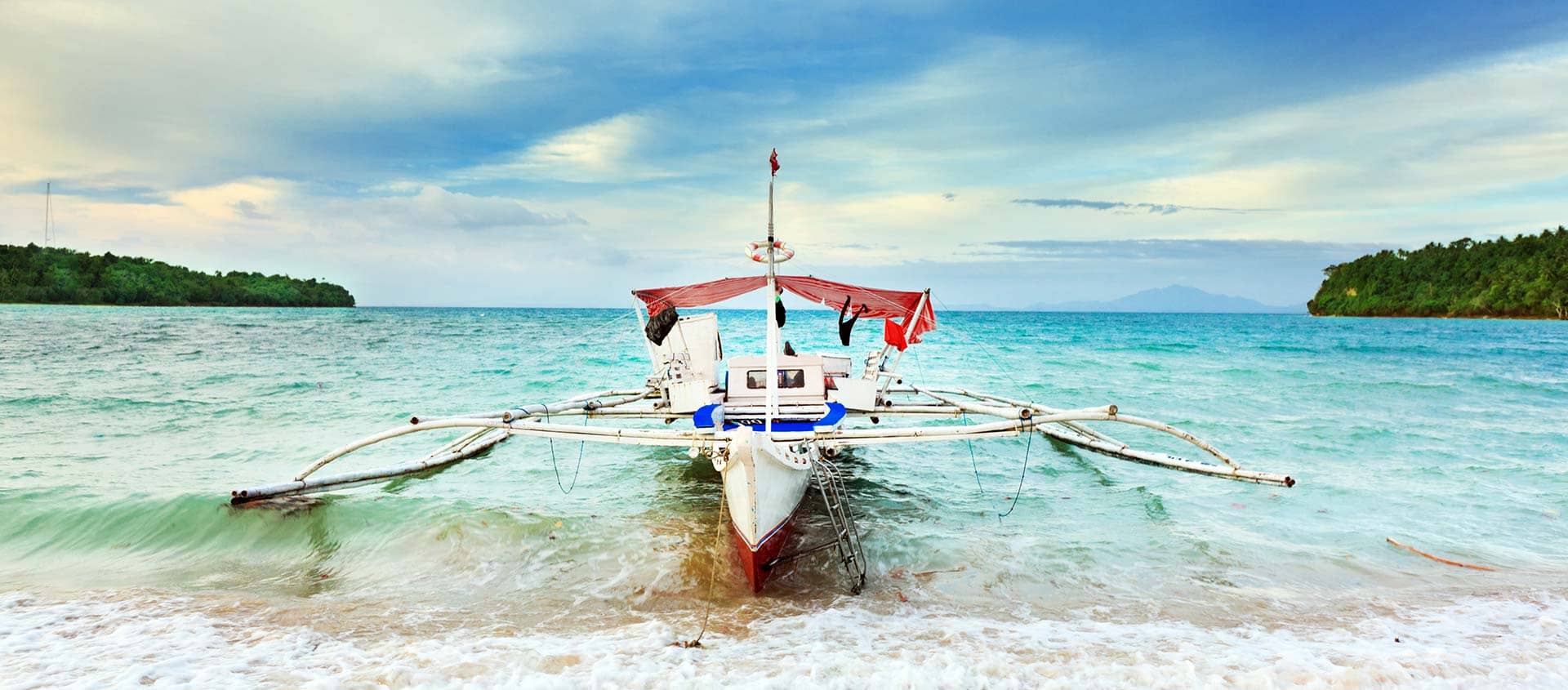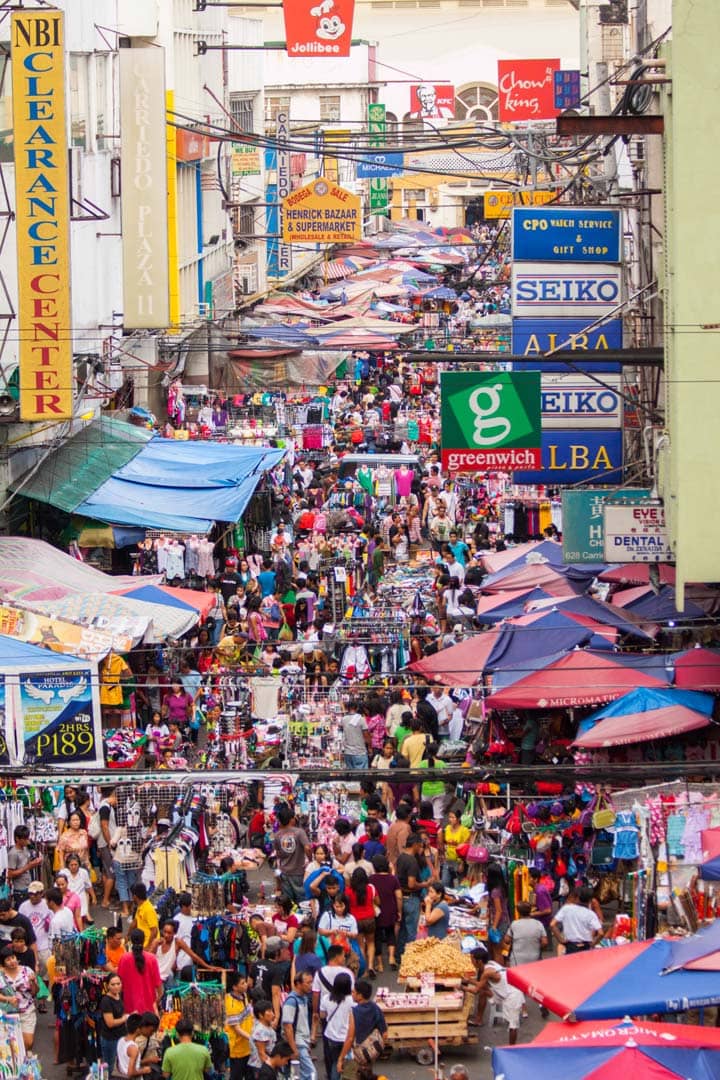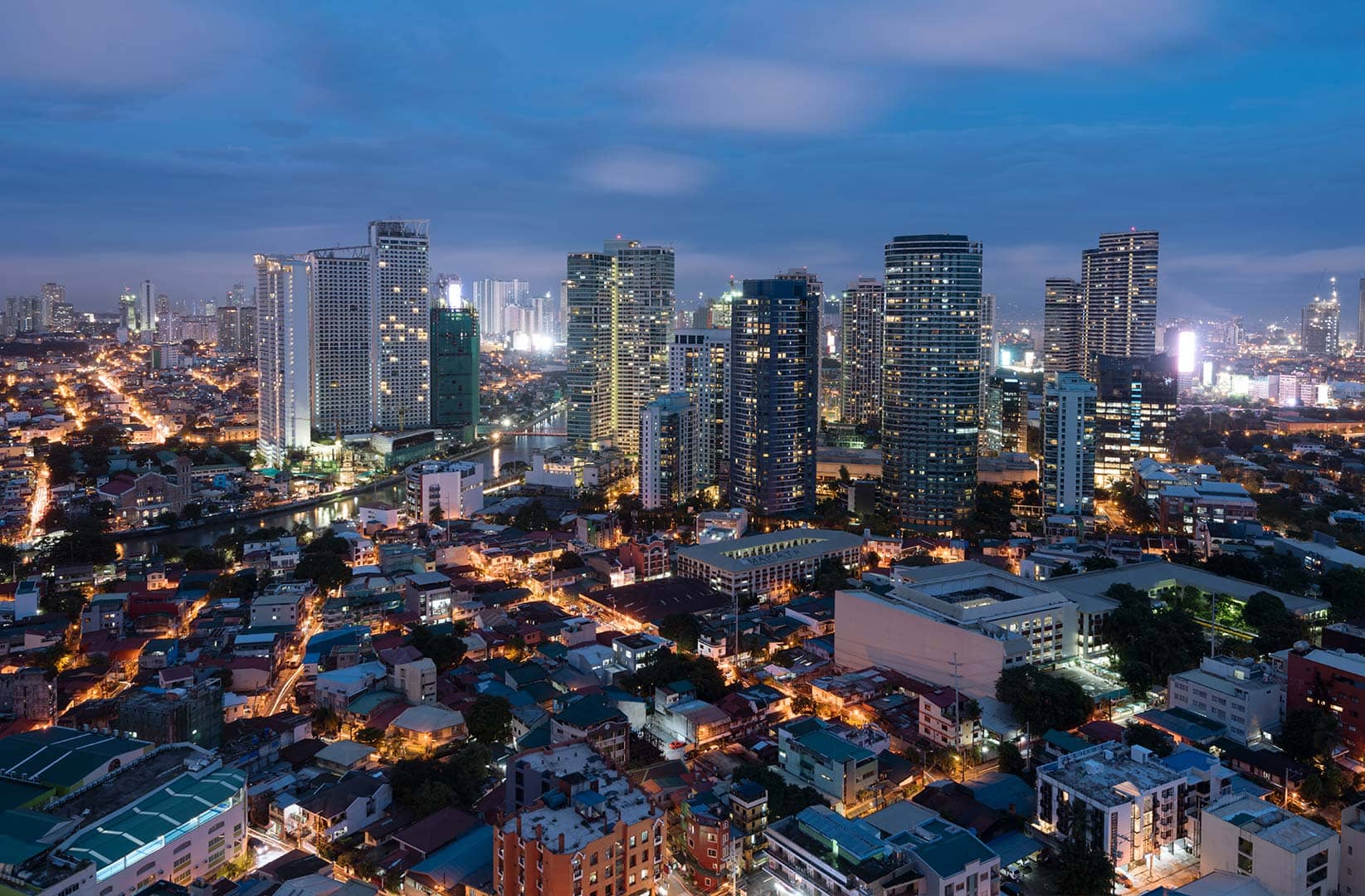Moving to the Philippines – move to the Philippines
Moving to the Philippines: Will you be relocating to the Philippines soon? Would you like to make this move as stress-free as possible? Then we may be the relocation specialists for you, who can guarantee you a smooth move to the Philippines with help and advice.
The Philippines is a country of 110 million people in Southeast Asia and an archipelago of 7,500 islands. The capital Manila is the political, economic and cultural center of the country and the most densely populated city in the world. The Philippines regularly features in the top ten lists of the most popular expat destinations and is particularly popular with retirees. A short holiday is often enough to get people so excited that they want to sell their home and move to this beautiful island nation.
New expats move to the Philippines every year to enjoy the pristine beaches, vibrant cities, pleasant weather and the company of the friendly and mostly English-speaking locals. Of course, many expats move to the Philippines to take advantage of the low cost of living in a developing country where it’s possible to live a really comfortable life on a modest budget. However, the Philippine economy is growing steadily with a growing middle class, modernized cities, improved infrastructure and more opportunities for the young and skilled. Expatriates are found across the country, with the largest communities residing in Manila, Cebu and Davao.
Moving to the Philippines can be quite a daunting task for many people, but it doesn’t have to be. You can leave the most stressful and tiring aspects of moving to a moving professional who has been relocating homes and businesses to the Philippines for many years. When you move with Altaventura, we are there for you every step of the way and help you settle into your new home. Contact us anytime and use our knowledge and experience to create a plan for your move.
Moving services for your move to the Philippines

- An agent to plan and oversee your move
- An inventory of all your items
- A professional team to wrap and pack your belongings
- Road, sea and air freight to the Philippines
- Customs clearance and documentation service
- Delivery, unloading and unpacking at your new place of residence in the Philippines
- …
Shipping options for your move to the Philippines
There are 2 options for moving to the Philippines: air freight and sea freight. Road freight is used as a complement to the other two options to transport your goods to the airport, port or to your new home. When it comes to shipping, we offer a Shared Container Service (LCL) where you only pay for the part of the container you need and a Full Container Service (FCL) where you rent the entire container. There are two container sizes for the FCL service: 20 feet and 40 feet.
- Road Freight – Vans and trucks can be used to transport your goods to the port of shipment or airport in your country of origin and then from the port in the Philippines to your new home.
- Sea freight: Sea freight is the most common option as it is the cheapest, but also the slowest as it takes 6-8 weeks on average.
- Air freight: Transporting your goods by air is the most convenient and time-saving option, but also the most expensive. It lasts about a week on average.
How does moving to the Philippines work?
We’re sure many of you are wondering what you need to prepare and how exactly the process of moving to the Philippines works. If you move with Altaventura, we will stand by you as your relocation helper, who will take special care of your move to the Philippines. We will be there to answer all your questions and plan and manage the move. To begin with, it is important that you gather all the required documents such as passport, birth certificate, bank information, health records, etc. to apply for your visa. For the visa application, you need to make an appointment at the Philippine Embassy and wait about 4 to 6 weeks for the process to be completed.
The next step is to decide what items you need to start a new life in a new country. We will then take stock of all your items, explain our services to you and make you an individual offer for your move. Once you have booked a date and time, our removals team will come to your home to professionally pack and wrap your belongings if requested. If you wish to do this yourself, we can provide a range of packing and wrapping materials. The removal goods are then transported to the airport for air freight or to the port for shipment to the Philippines.
We take care of customs clearance and support you in filling out the relevant papers. You can make your way to your new home in the Philippines and wait for your belongings to arrive safely soon after.
Moving to the Philippines – other Services
- Relocation insurance: We recommend the most suitable insurance for your move.
- Storage: We can offer you storage anywhere in the world.
- Tradesmen and cleaning services: You have to clean your old apartment or have problems with the electrical system? We have a range of services to suit your needs.
- Pet Moving: We have the knowledge and experience for moving pets to the Philippines.
- After the move: Our commitment to you continues after you have arrived in your new home. We can also help you later with words and deeds…
- …
What to take with you when moving to the Philippines?
Deciding what to pack and what items to take with you are among the most important things to consider when moving to the Philippines. You should keep in mind that you can buy most things you need in the Philippines. But of course, there are certain items that are valuable to us and others that we absolutely must take with us.
The first things on your packing list should be your medication, bank details, and any documents you need to identify yourself and start your new life. Then you should list the items that are most valuable to you, such as photos, memorabilia, and art. You should think about which electronic devices you cannot do without and what would be more expensive in the Philippines. There are many things you can buy cheaply once you arrive, such as clothes, toiletries, and groceries. What furniture do you need to bring and what can you buy in the Philippines? Of course, there are certain items that are not allowed to be brought in, such as guns, drugs, and gambling devices.
Cost of living in the Philippines
The Philippines is a developing country and therefore an extremely affordable country to settle in. The cost of living is especially noticeable if you come from a western or more developed country. Of course, this depends a lot on your lifestyle and the place you want to move to. The larger cities, especially Metro Manila, are significantly more expensive than the more rural parts of the country. In general, you can live comfortably in the Philippines for a little over 1000 francs a month and rent a city apartment for around 300 francs a month. A meal in a restaurant costs about 12 to 18 francs, but a meal in a «Carinderias» or on the street only costs about 2 to 4 francs.
Expat Communities in the Philippines
The Philippines has large and thriving expat communities who are said to be among the happiest expats in the world. They are friendly and well connected, with community meetups, sporting events and expat clubs and societies. The younger expats are more likely to live in the cities for professional reasons, while the older expats are more likely to choose an island or coastal location in the Philippines. One of the main draws for many people is the low cost of living, where it is possible to get a furnished apartment for under $700.
Before moving, there are numerous forums and vlogs online that discuss almost every aspect of life in the Philippines. Fortunately, most Filipinos speak a good level of English. However, learning some Tagalog, the main language, would be beneficial. The Philippines is an ideal destination for expatriates, offering stunning beaches, great weather, affordable prices and sociable locals. For expat families there are a variety of private schools for their children and the two most prestigious international schools, the International School of Manila and the British School Manila.
Popular expat locations in the Philippines
There are many beautiful places in the Philippines with a variety of landscapes, but there are a few places that are more popular with expats than others. Deciding where to live depends on your lifestyle and reasons for moving to the Philippines. Younger expats are generally drawn to the larger cities because they are looking for work and a lively nightlife there. Older expats, on the other hand, tend to retire to the Philippines, choosing more of an island or beach location.
Working in the Philippines
The Philippines has experienced economic growth in recent years, with manufacturing, technology, agriculture and tourism being the largest sectors. However, the Philippines is still a developing country and average salaries are quite low. It is therefore advisable to seek employment in your home country before arriving where you are more likely to receive a higher and more Western salary. Also, one should keep in mind that a company can only hire a foreigner if they have skills that cannot be matched by a local. The basic tax rate is 20% for incomes of 250,000 pesos and 35% for incomes of more than 8,000,000 pesos.
Visas and work permits
There are a few visa options for expats looking to live and/or work in the Philippines. These include the Non-Immigrant Visa, the Quota Immigrant Visa and the Special Resident Retiree Visa. If you are a tourist, you must apply for an Alien Registration Card after 60 days in the country.
Non-Immigrant Visa
This visa is for those who want to work or study in the Philippines. It requires you to have found employment prior to your arrival in the country and is only valid for the duration of the contract.
Immigrant Visa Quota
This visa is for people who are married to a Filipino citizen or for wealthy foreigners looking to invest in the country.
Special Resident Retiree Visa
Intended for those who wish to retire in the Philippines, this visa allows expats to leave and return to the country. It applies to people over the age of 35 who make a $50,000 bank deposit and to people over 50 who make a $10,000 bank deposit.
Top moving countries

ARGENTINA

AUSTRALIA
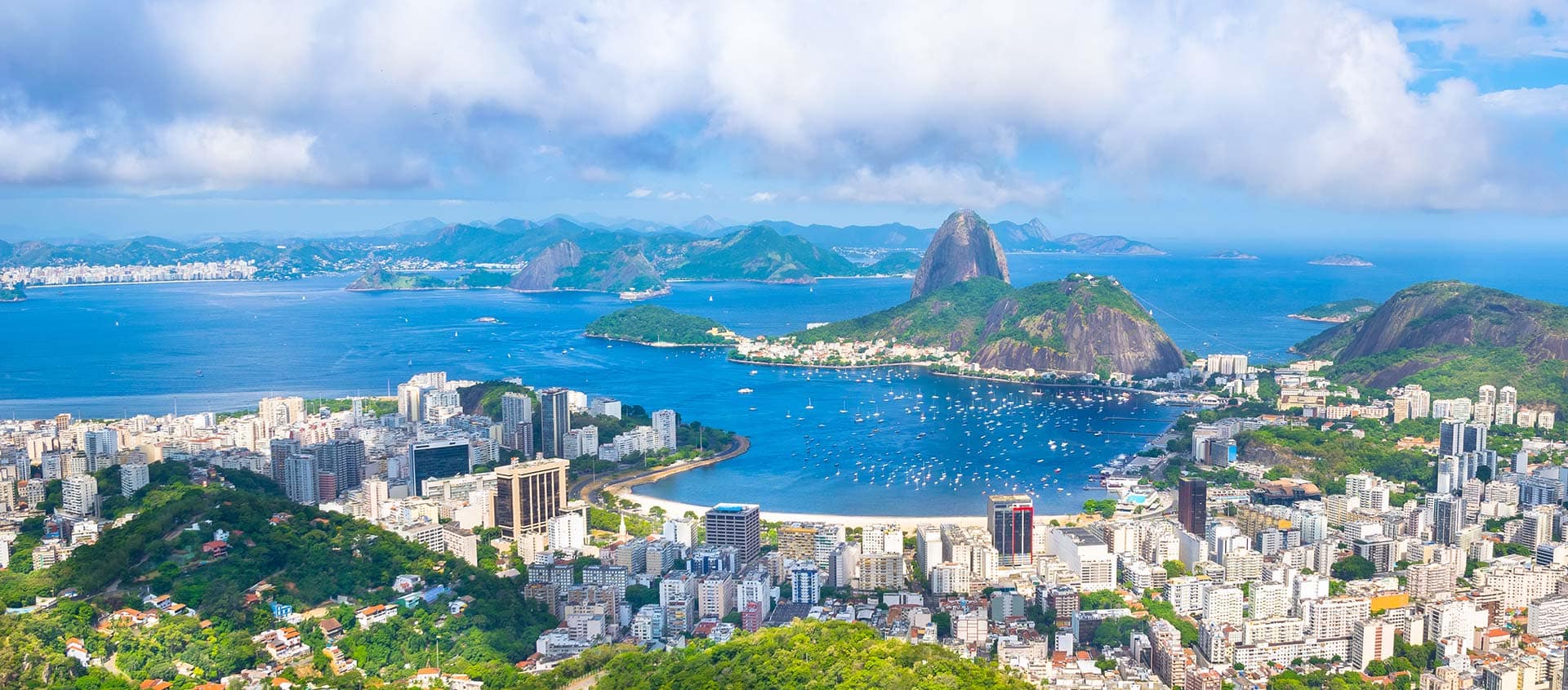
BRAZIL
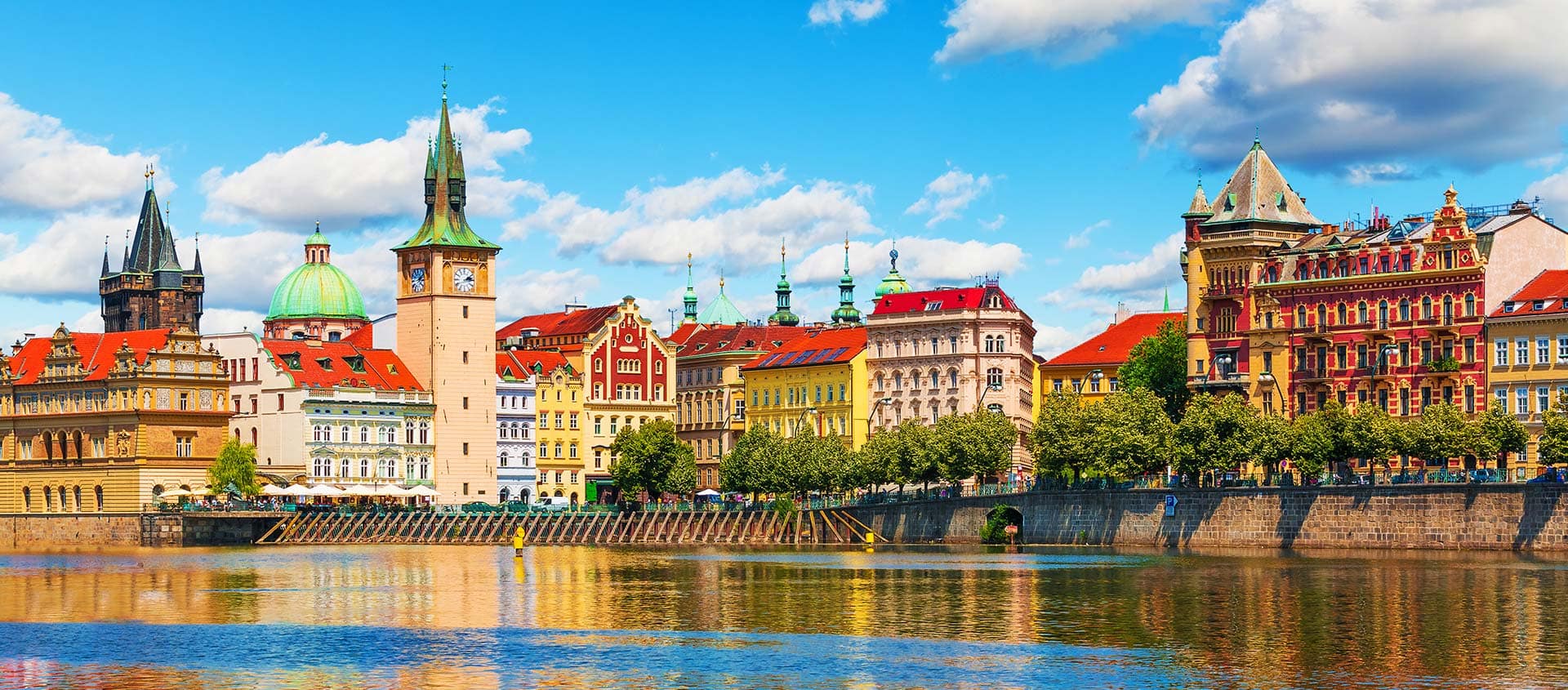
CZECH REPUBLIC
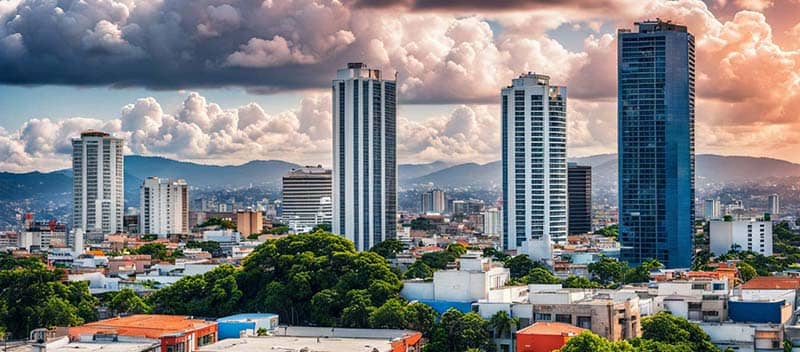
EL SALVADOR

GREECE
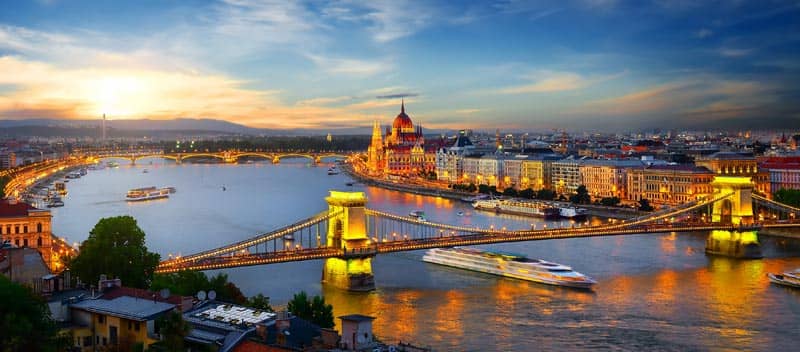
HUNGARY

IRELAND
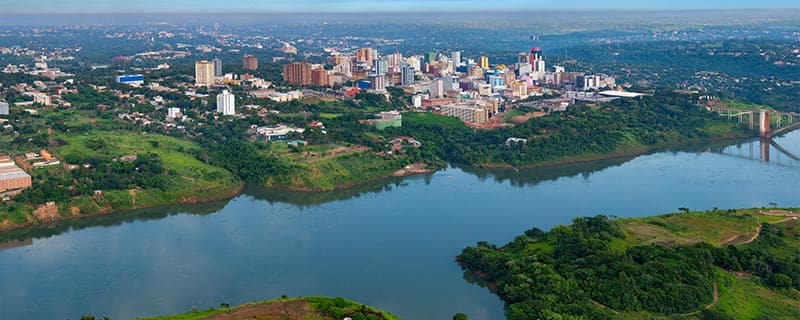
PARAGUAY
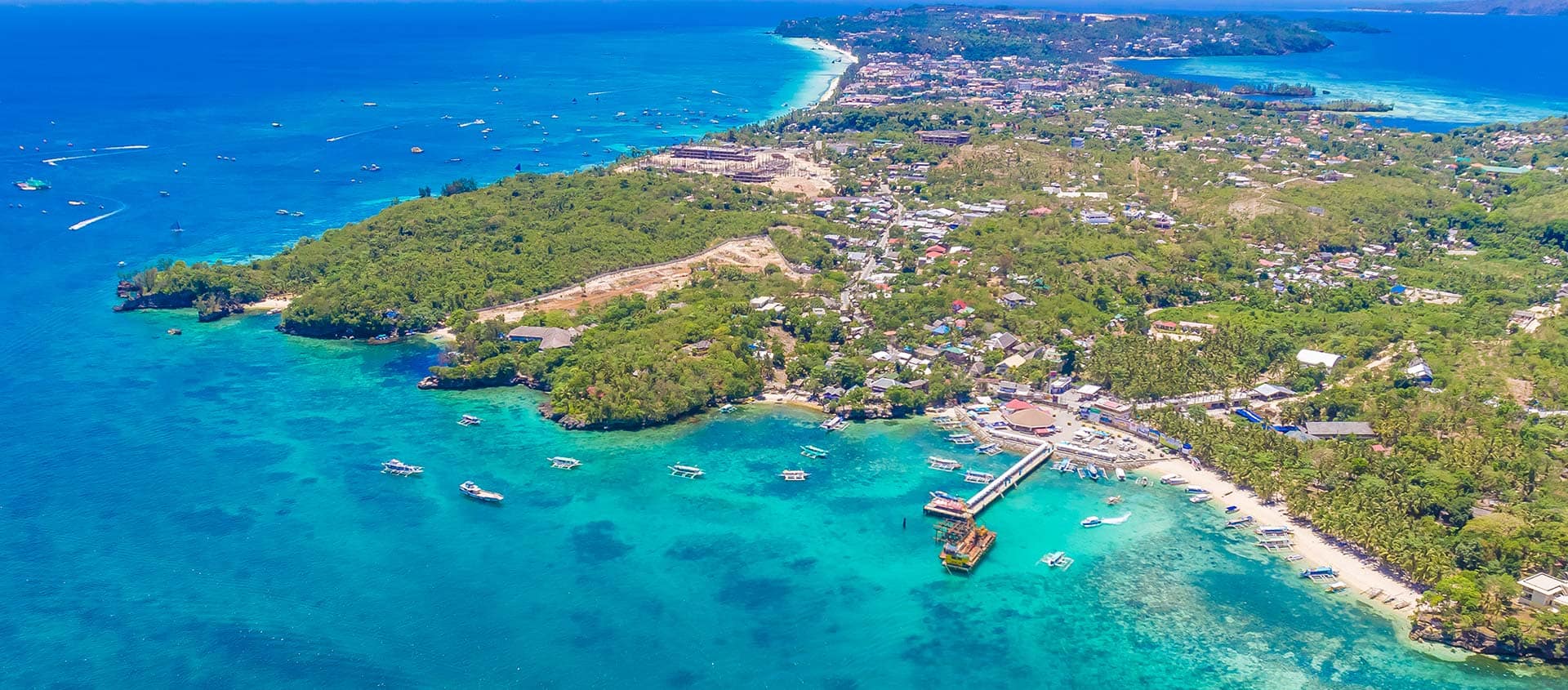
PHILIPPINES
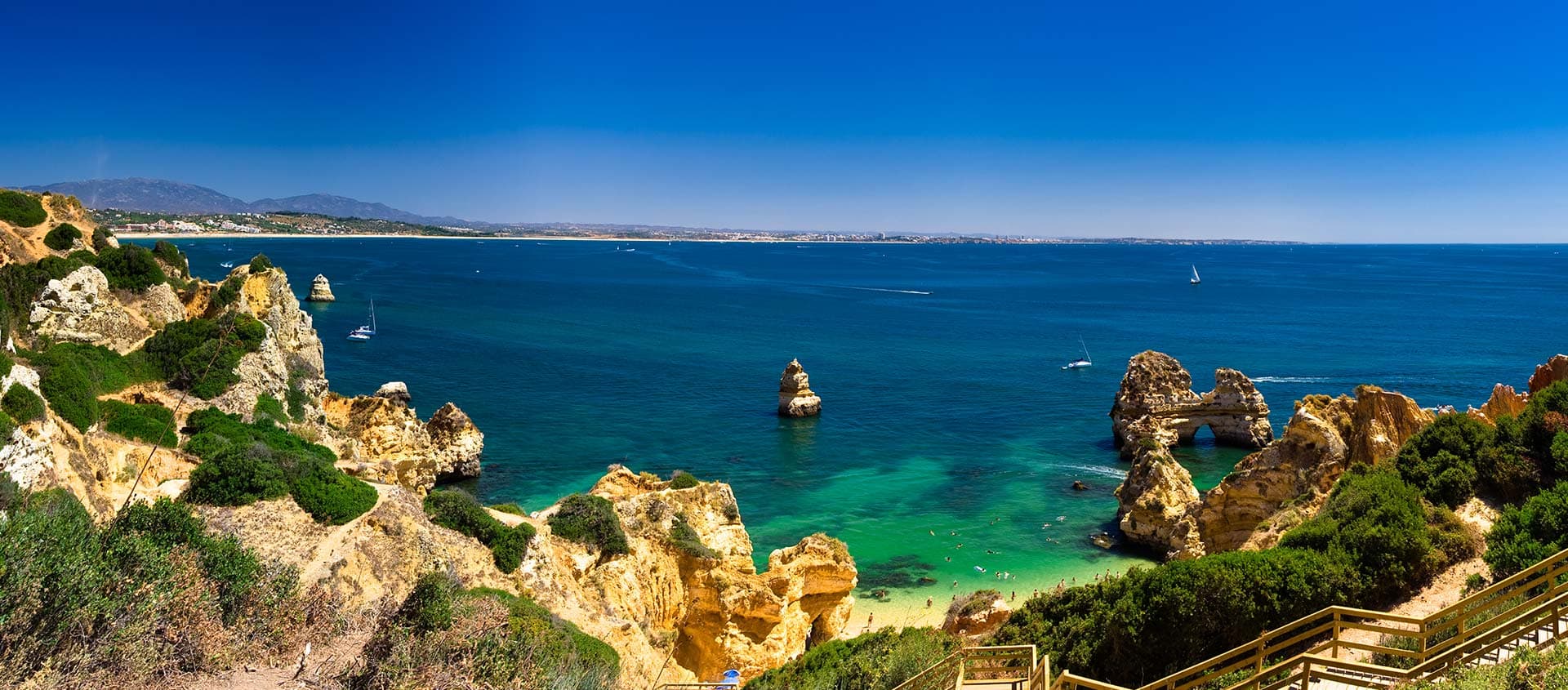
PORTUGAL

SOUTH AFRICA
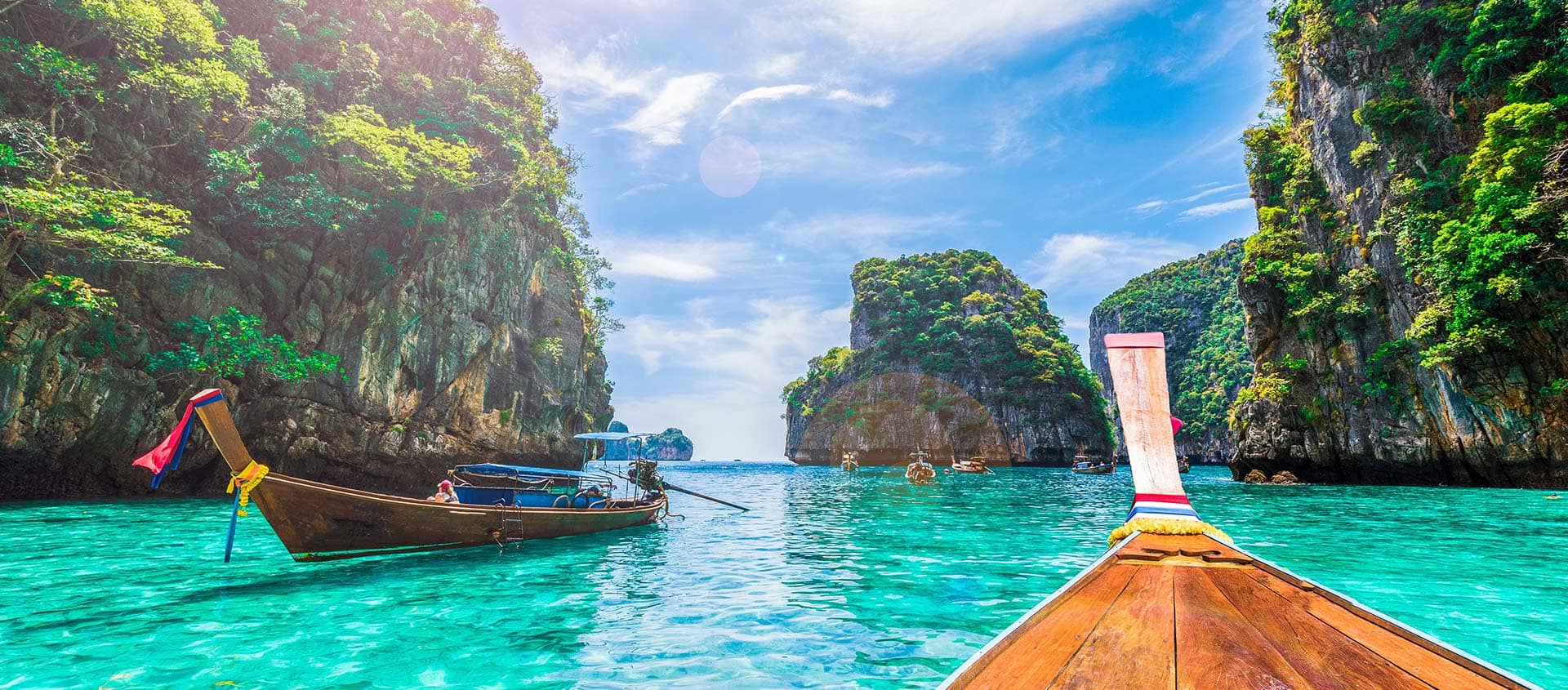
THAILAND


